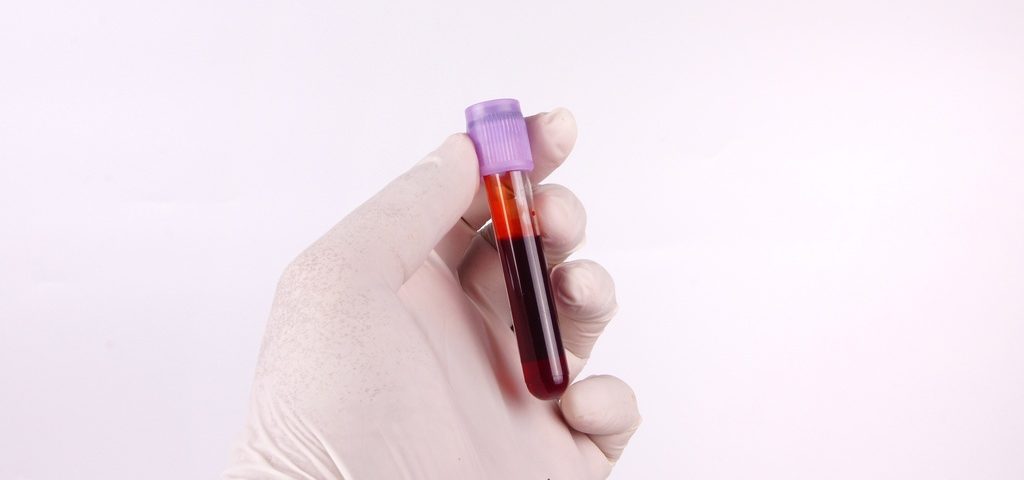Children with juvenile idiopathic arthritis (JIA) have high levels of a pro-inflammatory protein called interleukin-33 (IL-33) in their blood and the fluid around their joints compared to unaffected children, a new study reports.
Scientists found that levels of IL-33 correlated with standard JIA disease measures and could be a valuable tool to diagnose JIA or monitor disease activity.
The study, “Serum, synovial and mRNA expression of interleukin-33 in juvenile idiopathic arthritis patients: Potential role as a marker of disease activity and relation to musculoskeletal ultrasound,” was published in the journal The Egyptian Rheumatologist.
JIA is an autoimmune disease in which the immune system attacks the joints, causing inflammation (swelling), stiffness, and pain.
Proteins implicated in inflammatory responses, known as cytokines, have been linked with the abnormal immune response seen in JIA patients.
One such protein is IL-33, which is produced when tissues are damaged and binds to a receptor known as ST2 to control the immune response.
High levels of IL-33 and ST2 in blood have been found in people with other autoimmune diseases such as rheumatoid arthritis, ankylosing spondylitis, systemic lupus erythematosus, and inflammatory bowel disease.
However, so far, only a few studies have reported on a link between IL-33 levels in blood and JIA, and there is no information available regarding IL-33 in the thick fluid that surrounds the joints — the synovial fluid.
To address this knowledge gap, scientists at Benha University, in Egypt, analyzed the blood and synovial fluid of 60 children with JIA (average age 7.3). Of these, 42 were girls and 18 were boys. A group of 60 healthy children (47 girls and 13 boys) around the same age were included as a control group.
Among the patients, 28 had oligoarticular JIA, 20 had polyarticular JIA, and 12 had systemic-onset JIA. Twelve children were newly diagnosed and had not received treatment, while the remainder were being treated with either nonsteroidal anti-inflammatory drugs, immunosuppressants, steroids, or biological therapies.
Blood analysis revealed that children with JIA had significantly higher IL-33 levels compared to the control group —12.6 vs. 1.7 nanograms (ng)/l. Levels of the messenger RNA (mRNA) of IL-33, which is generated from DNA and serves as a template for protein production, also were higher in those with JIA in peripheral blood mononuclear cells, which include monocytes, lymphocytes, and macrophages.
In children with JIA, levels of IL-33 and its mRNA in the synovial fluid were significantly higher than in the blood.
IL-33 levels were significantly higher in children with polyarticular JIA compared to those with systemic and oligoarticular JIA. In children with high or moderate disease activity, as measured by a type of ultrasound, blood IL-33 levels were significantly higher compared to those with inactive disease.
Patients who had not received treatment tended to have higher levels of IL-33 in their blood than treated children.
In JIA patients, greater levels of IL-33 in the blood and synovial fluid correlated with higher Juvenile Arthritis Disease Activity Score (JADAS27), as well as with more inflammation — assessed with the markers C-reactive protein and erythrocyte sedimentation rate.
Also, IL-33 correlated with blood levels of rheumatoid factor (a common autoantibody in JIA patients), while the amount of IL-33 in the synovial fluid matched with physical functioning, as determined by the Juvenile Arthritis Multidimensional Assessment Report (JAMAR).
“In a conclusion, JIA patients have significantly elevated IL-33 serum [blood] concentrations and mRNA expression that considerably correlated with clinical, laboratory and [ultrasound] parameters of inflammations, suggesting that it could be a valuable marker of JIA disease activity,” the scientists wrote.
“The considerable relation between IL-33 and physical functioning and rheumatoid factor production implies a possible prognostic role in JIA patients,” they added.

